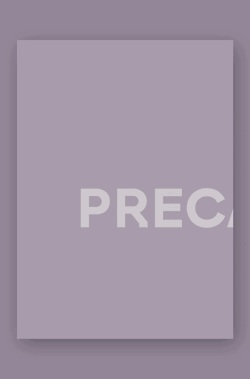Herzog & de Meuron. 56 Leonard Street. New York
December 03, 2014

After completion of 40 Bond Street, Pritzker Prize-winning architects Herzog & de Meuron strike back in Manhattan with a 60 story brand new tower, 56 Leonard street -also known as the Jenga tower- is located in the neighborhood of Tribeca.
The neighborhood has diverse building heights, most of the structures are low or medium density, so the challenge for the awarded Swiss firm was to integrate a 60 story skyscraper into an area of lower density. The strategy is simple; a number of boxes are stacked one on top of another in various sizes and heights creating a cascade of edgy cubes. The cubes are shifted creating an attractive and dynamic shape and introducing different private outdoor terraces with breathtaking panoramas of the cityscape. This mechanism introduces all the different scales present in the area into a high rise structure creating a strong dialogue with the neighborhood and an iconic image as well as reducing the strong impact that would result from inserting a skyscraper into a lower density area. The clearness of the concept and the striking level of keen detailing all at once, show the project´s force.
The program of this skyscraper will include 145 unique residences and will be the highest structure in Tribeca with 60 stories and 250m. 17,000 square feet of amenities include a 75’ lap pool with a sundeck, gym, screening room, lounge, private dining room and playroom. The building leans on a sculpture of Anish Kapoor creating some tension between architecture and sculpture.
Wanting to be a light and clean object in the massive Manhattan cityscape, the materials and the façade appearance play a relevant role. The choice of a shiny reflective glass in the tower, used as a skin on all vertical surfaces, will give different light reflections and will help the building disappear in the sky during the day hours, at night the building will show a dynamic image when lights are turned on and off by the lucky tenants and will give more lightness to the massive structure.
The Swiss designers have invested a great effort in the details; the slabs will show convex edges that will enhance the perception of sharp boxes and will make the slabs look thinner. The curtain wall will introduce a regular rhythm in the chaotic distribution of boxes with elegant white mullions, frameless guardrails disappear contributing to control the chaos created by the random box shifting operation.
This might be one of those rare cases in which community, visitors, tenants and architects share a positive attitude towards a contemporary building.
Text and photos: Jaime Luaces







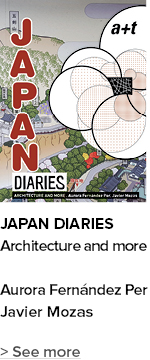


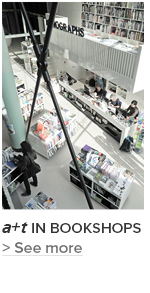
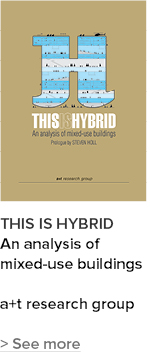




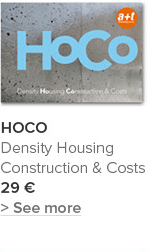
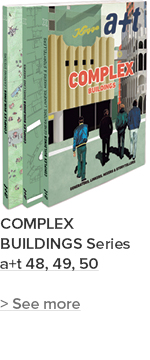
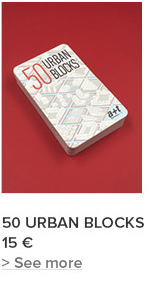
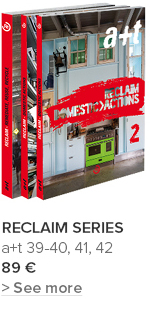
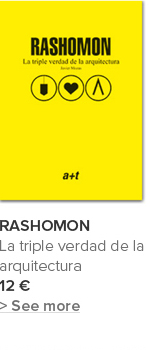
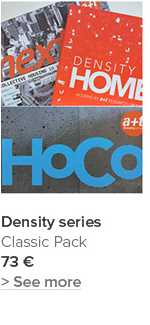

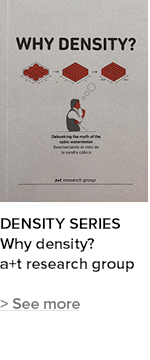







 I've read and agree to
I've read and agree to 


